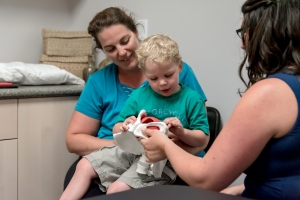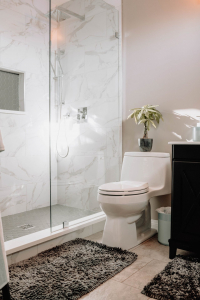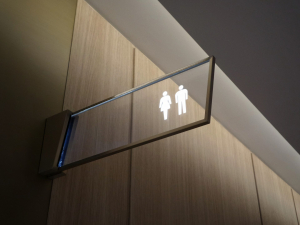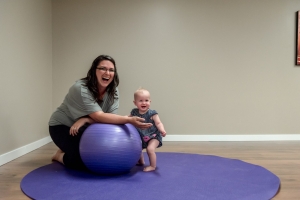Half the population doesn’t give it much thought. The other half have various opinions. For people that have the option to stand to pee, here are some reasons to sit!
Potty Learning
 When young children are first learning to use the toilet, it can be easier to teach them to stand to pee. Maybe they already stand to pee in their diaper. Maybe they don’t have the patience to wait to sit to pee. Whatever the case may be, sitting to pee has many benefits through the potty training phases.
When young children are first learning to use the toilet, it can be easier to teach them to stand to pee. Maybe they already stand to pee in their diaper. Maybe they don’t have the patience to wait to sit to pee. Whatever the case may be, sitting to pee has many benefits through the potty training phases.
Sitting to pee (at all ages) will decrease the amount of mess in the bathroom. Huge motivating factor if you ask me! This mess is reduced even if you are able to continuously hit the bullseye. Having the ability to sit to pee will also help young bodies learning the new skill to relax fully. Being able to relax all the pelvic floor muscles when you sit, gives kiddo the opportunity to have a poop too. Remember from a previous article – being constipated actually makes potty training harder!
Adults
Many adults struggle with functional constipation as well. We may still be pooping every day – but not completely emptying. This can lead to issues such as tightness, pain, or perineal discomfort that is tricky to pin down a cause to.

Sitting to pee often seems to take significantly more time, even for adults
Public Bathrooms
The most common question I get is – but what about public bathrooms? We all know the state those washrooms can be in… ick. So of course, in the event of a less than stellar bathroom situation, or being out in the wilderness, standing to pee is a great option! By all means use it!
Just remember – sitting to pee as a general default can often save you headaches later!
 Haylie has been practicing pelvic health and focused in prenatal and post-partum care since graduating from the U of S MPT program in 2011. Officially adding to her practice pediatric pelvic floor therapy in 2017. She has been advocating for treatment for women, ensuring appropriate and effective care throughout pregnancy and post-partum, and helping all expecting and post-partum moms ultimately brought her to open her family-friendly clinic. She now primarily focuses on pediatric pelvic health, perinatal care, and persistent pain in her practice in Warman and Saskatoon locations.
Haylie has been practicing pelvic health and focused in prenatal and post-partum care since graduating from the U of S MPT program in 2011. Officially adding to her practice pediatric pelvic floor therapy in 2017. She has been advocating for treatment for women, ensuring appropriate and effective care throughout pregnancy and post-partum, and helping all expecting and post-partum moms ultimately brought her to open her family-friendly clinic. She now primarily focuses on pediatric pelvic health, perinatal care, and persistent pain in her practice in Warman and Saskatoon locations.



